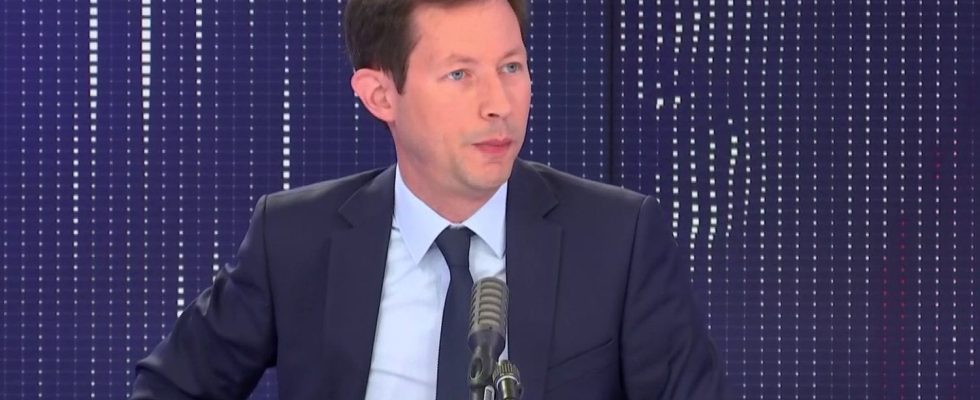France will not ban bottom trawling in its marine protected areas by 2030, as the European Union wanted. For Les Républicains MEP François-Xavier Bellamy, this is justified, because he believes that this fishing practice is unfairly singled out: “Trawling today in Europe is subject to extremely precise controls, we do not scrape the seabed by devastating nature as some NGOs would have us believe”.
Trawling in protected areas: “We do not scrape the seabed by devastating nature as some NGOs would have us believe”, assures François-Xavier Bellamy. “If we destroy European fishing, we will bring in imported fish”. pic.twitter.com/bfE4VoNdpH
— franceinfo (@franceinfo) April 4, 2023
There is a lot of trawling that scrapes the seabed in Europe
“Trawls are large conical funnel-shaped fishing nets towed either by one vessel (single trawl) or two vessels (pair trawl)”, explains the Pavillon France website. Either the net does not touch the bottom (pelagic trawling), or it is held to the ground by a metal “bead” (bottom trawling). Contrary to what the MEP claims, this latter practice “remains widespread” in the northeast Atlantic, says the European Commission.
In Europe, on average, 2.3 million tonnes of crustaceans and fish are caught with bottom trawling, according to a report published in 2021. Bottom trawling makes it possible to capture crustaceans and flatfish which lodge in the sediment at the bottom of the water: turbo, sole, shrimp, for example.
Seabed impacts identified
The meshes of the nets are adapted to the target species, to allow those that are not of interest to fishermen to pass. But despite this regulation, “In the majority of fisheries, this gear [le chalut de fond] simultaneously captures several species of different sizes and morphology”, notes the French Research Institute for the Exploitation of the Sea (Ifremer) who points “lack of selectivity” of practice. The European Commission even speaks of “disproportionate amounts of unwanted catches and discards”.
Another problem for Ifremer: “Even if it does not penetrate the sediment, bottom trawling damages bottom habitats and organisms.” On average, the nets used for bottom fishing are 60m long by 90m wide, and they weigh 300 kilos. So when they pass, the trawlers “cause their uprooting [des espèces] for those that are fixed, crushing, burial or exposure out of the water for individuals caught in the nets and brought to the surface”, note two researchers from Ifremer.
“The so-called “biogenic” habitats (seagrasses, corals) of which the structures formed by the living organisms themselves can testify after a fishing action of lasting damage”, they continue.“It’s like picking wild strawberries with a bulldozer”, summarizes CNRS researcher Joachim Claudet. Gold, snder the sea, some habitats recover quickly, others don’t. For example, corals take ten years to regrow after the passage of a trawl. The European Commission thus considers that 80% of the coastal seabed in Europe is disturbed by this bottom trawling.
Some restrictions on bottom trawling
If bottom trawling is practiced in marine protected areas, “including in many Natura 2000 sites”, there are some restrictions at European level, explains the Commission’s plan. It is forbidden “in the Mediterranean Sea in narrow coastal areas and more than 1,000 meters deep and, in the Atlantic, they prohibit bottom trawling more than 800 meters deep, with a closure to bottom fishing of 16,419 km2 of vulnerable marine ecosystems. Bottom fishing is further restricted in particularly sensitive areas, through a series of measures and regulations.
